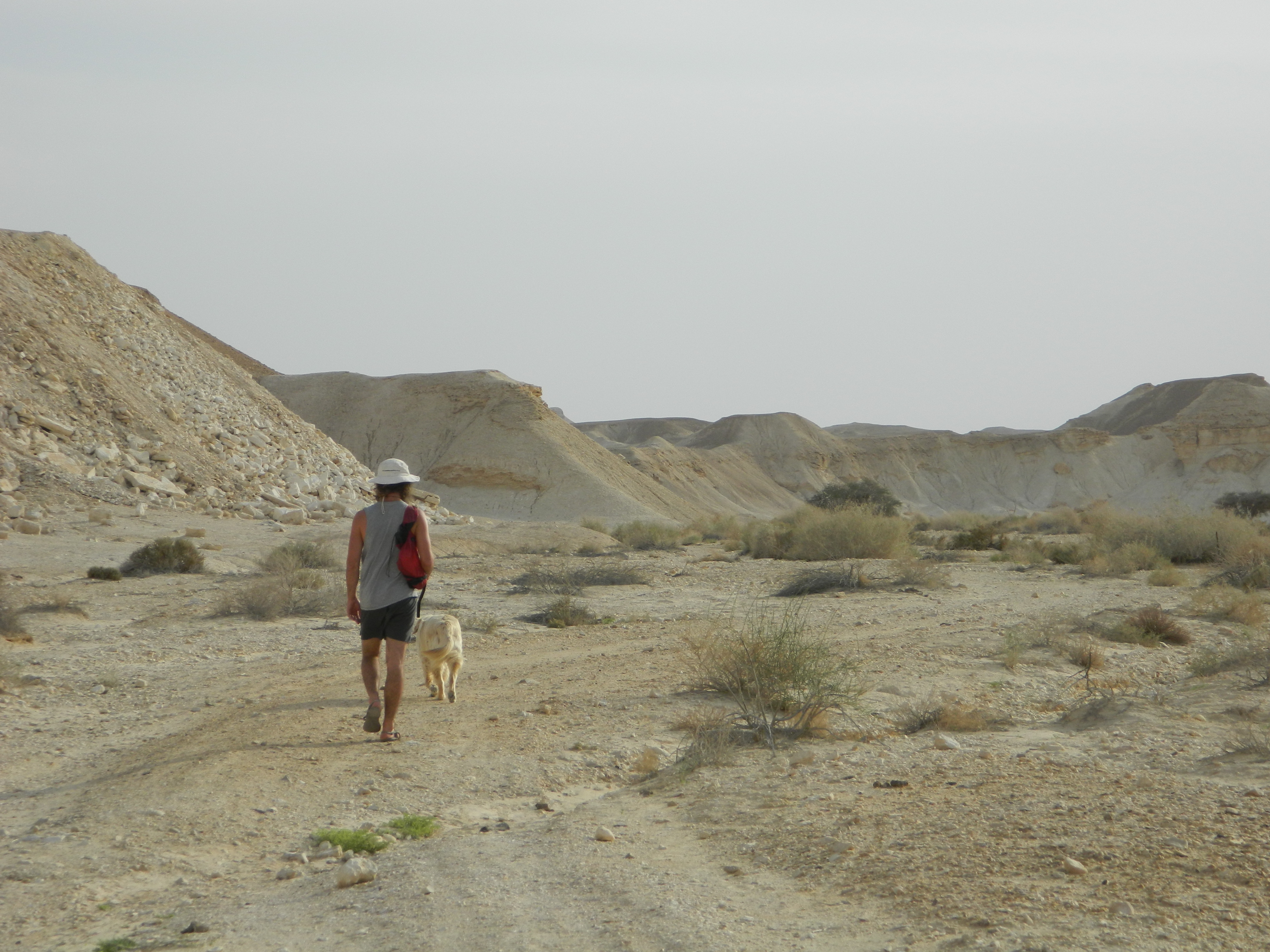I wrote this for a masters application, but I think it’s worth sharing with more than a few admissions officers! What follows is an incomplete, but nonetheless important, analysis of the social, political and environmental issues facing the growing international tourism industry—and what we can do about them…
***
The tuk-tuk driver is angry. The passengers are drunk. Instigating.
They don’t want to pay. Too much. A crowd of other drivers and tourists collects around the ugly scene. It’s past midnight.
The situation nearly escalates to blows before friends of the passengers pay for them, and the tuk-tuk driver withdraws, hardly pacified. A bitter tasted remains in the air as the crowd disperses.
Everything wrong with a global, multi-billion dollar industry comes to a head in these few moments. Economic disparity. Cultural ignorance. Tension: between tourist and local. Competition: between local and local. Anger: everywhere.
In several years I have witnessed an excess of these scenarios; it is difficult to choose just one.
Tourism is the fastest-growing industry worldwide, surpassing oil, agriculture and automobiles. Many economies already depend on it, and more will join their ranks as the global middle class continues to expand, nurturing a growing curiosity about other people and other places. International tourist arrivals are forecasted to reach 1.8 billion annually by 2030—up 66% from their current levels.
If anyone thinks tourism is a frivolous area of concern, now would be the time to think again. The industry has a far-reaching impact, touching environmental, social and political sectors with long, insistent fingers.
Now, there are meaningful, constructive, sustainable and mutually beneficial ways for tourism to develop in a community, and then there is everything else.
Unsustainable tourism looks like luxury hotels in Zanzibar that truck in their drinking, washing and toilet water from the mainland (the island was never made to support such population density), and then flush it into the no-longer-so-pristine Indian Ocean. Unethical development looks like private tour companies in Shanghai that exploit local peoples—foreign tour operators organizing for tourists and expats to visit local homes, schools and community centers in order to offer clients an “authentic” experience, yet forgetting to allow those local communities the privilege of self-representation. Economically-damaging tourism looks like property costs rocketing in Cape Town—rendering the cost of living in the city prohibitively expensive to most South Africans, while European visitors happily pay top-euro for short-term rentals.
I have observed all of these trends up close. Working in media and travel, I regularly witness the negative impact of tourism—and the narratives around it—on local communities. I observe traditions warped to a narrow, outsider’s view of what they should be; competition for American dollars festering amongst former friends; natural havens destroyed by overeager and under-planned development; real, complex history and conflict glossed over by an appealing portrait of tropical paradise.
Initiatives in sustainable tourism, ethnotourism, slow travel and community-driven tourism are numerous and promising, however.
As I see it, for the travel industry to move forward—toward promoting cross-cultural understanding, integration and peace, and away from perpetuating disparity, conflict and ignorance—it must proceed in the following ways:
>> Industry professionals must empower local communities to represent themselves—their stories, traditions, spiritual practices and identities—and move the typical industry narratives far beyond the usual stereotypes and generalizations. Words like “authentic,” “real,” and “untouched”—frequently used in marketing by tourists, professionals and locals alike—must be scrutinized for the rigid cultural portraits they propagate and the complexities they belie.
>> Local communities must leave space for multiple storylines, idiosyncrasies and complexity to coexist. The wealthy, privileged male perspective commonly embodied by local leaders in tourism is not the only one. Creating space for female voices, religious and ethnic minorities, and other less favored stories to be heard—diversifying tour guides, business owners, service industry professionals and marketing materials—will be a crucial element of inclusive development.
>> Both local communities and industry professionals must seek to integrate education, interaction and meaningful connection to place wherever possible. It is not enough to gloss over conflict and offer an artificial, romanticized image of a place and its history and people. Moving beyond one-line summaries and fantasized, fetishized representations of otherness, we begin to foster true cross-cultural awareness.
>> Foreign visitors must seek out experiences of cultural exchange and learning. The power of asking questions, listening (with open ears and closed lips), and maintaining an open mind and heart cannot be exaggerated. Good intentions are not enough; tourists have tremendous power to change industry standards by demanding sustainability, social justice and cultural awareness from the industry they fuel.
In addition, growing numbers of Chinese and African tourists—both domestic and international—are introducing a new demographic into the industry, with all the challenges that entails. Any initiative in sustainable, socially conscious travel must take into account the varied cultural norms and values of a shifting clientele. Working to understand the market they wish to influence, industry professionals will better develop it to positive effect.
Lastly, in particularly conflict-prone regions such as Israel and Palestine or post-conflict regions like Bosnia and Herzegovina, it is crucial to take into account the intersection of political events—past and present—and international tourism. Much as one might try, a visit to a foreign country does not occur in a vacuum. The political climate and history of a place are unavoidably relevant to the foreigner, impacting as they do the development of the tourism sector, the on-the-ground experience of the visitor, and the very identities with which one interacts. Moreover, the foreigner acts as a mirror and ambassador, influencing, at the micro level, global awareness and perception of a given place. Given these considerations, we cannot underestimate the power of 1.8 billion people moving around the globe to reflect and influence political, social and cultural dynamics.
The responsibility for further development lies not only with industry professionals, nor only with local communities or foreign visitors. Indeed, only with a concerted effort from all three sides will this massive modern entity act as a positive force for understanding, tolerance and harmony.
***
